In the arid and vanishingly rare palm groves of northeastern Brazil, a brilliantly blue parrot soars through the skies—the Spix’s Macaw (Cyanopsitta spixii). With its striking plumage and captivating presence, this iconic bird has captured the attention and hearts of bird enthusiasts worldwide. Join us as we delve into the fascinating world of Spix’s Macaw, exploring its appearance, history, conservation, and cultural significance.
Spix’s Macaw images
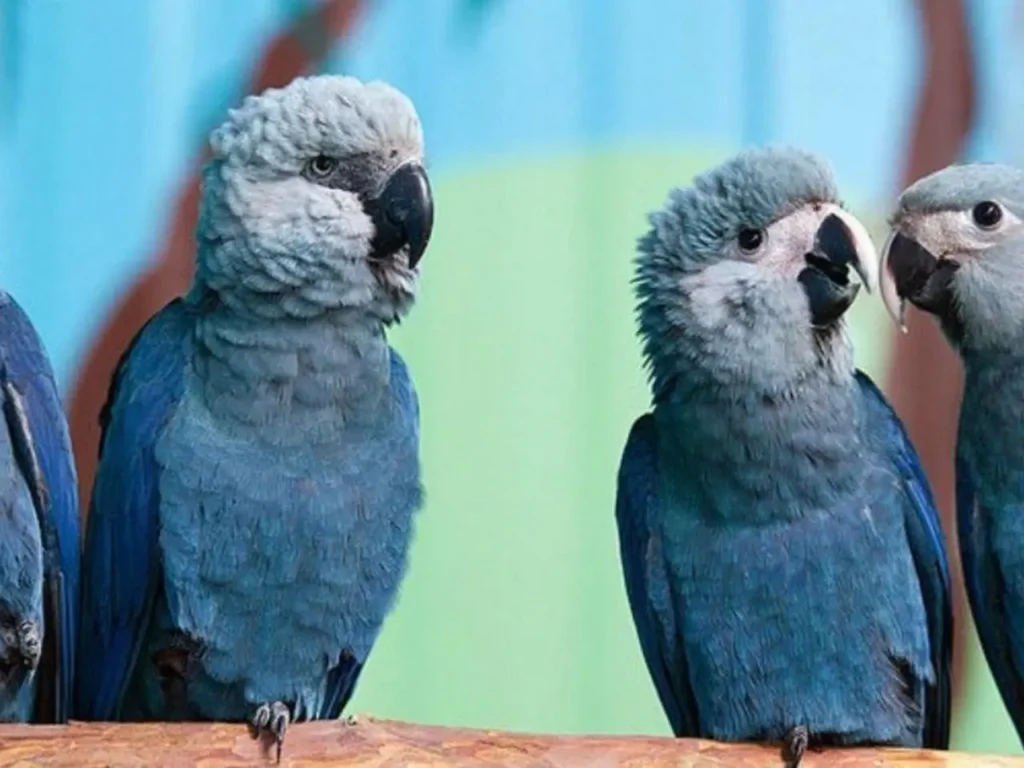
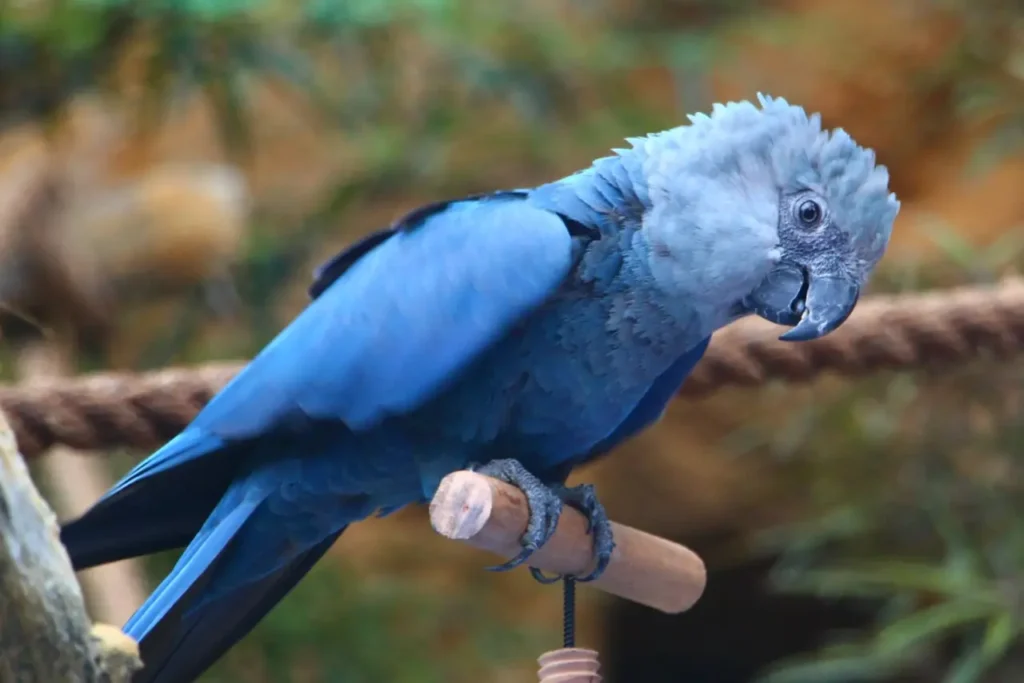
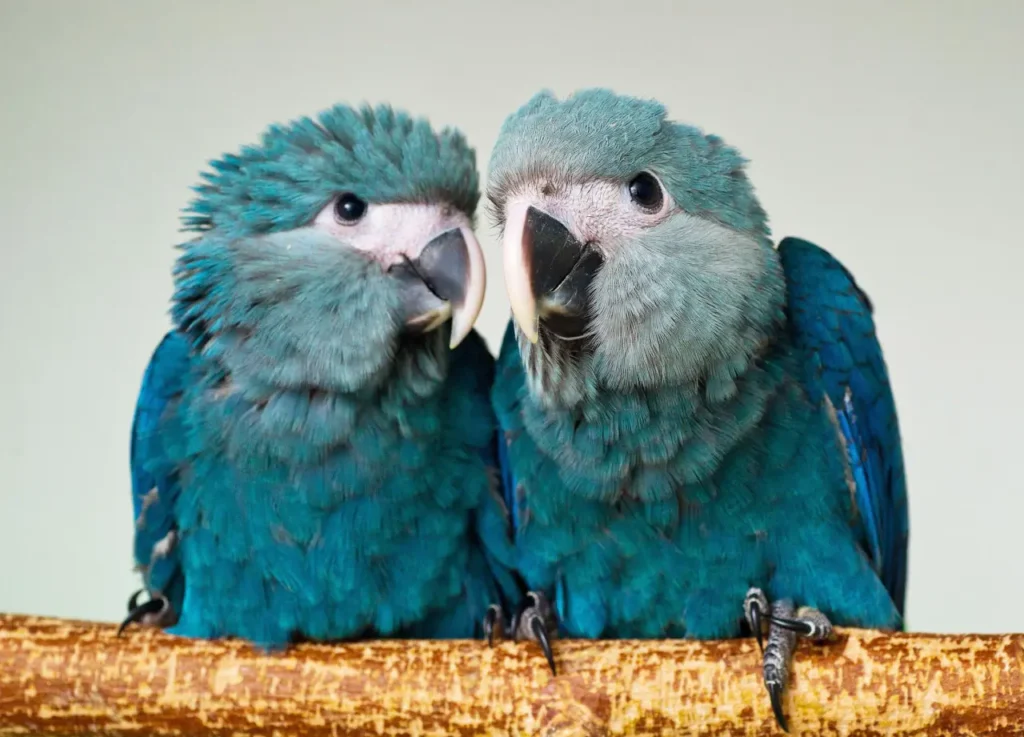
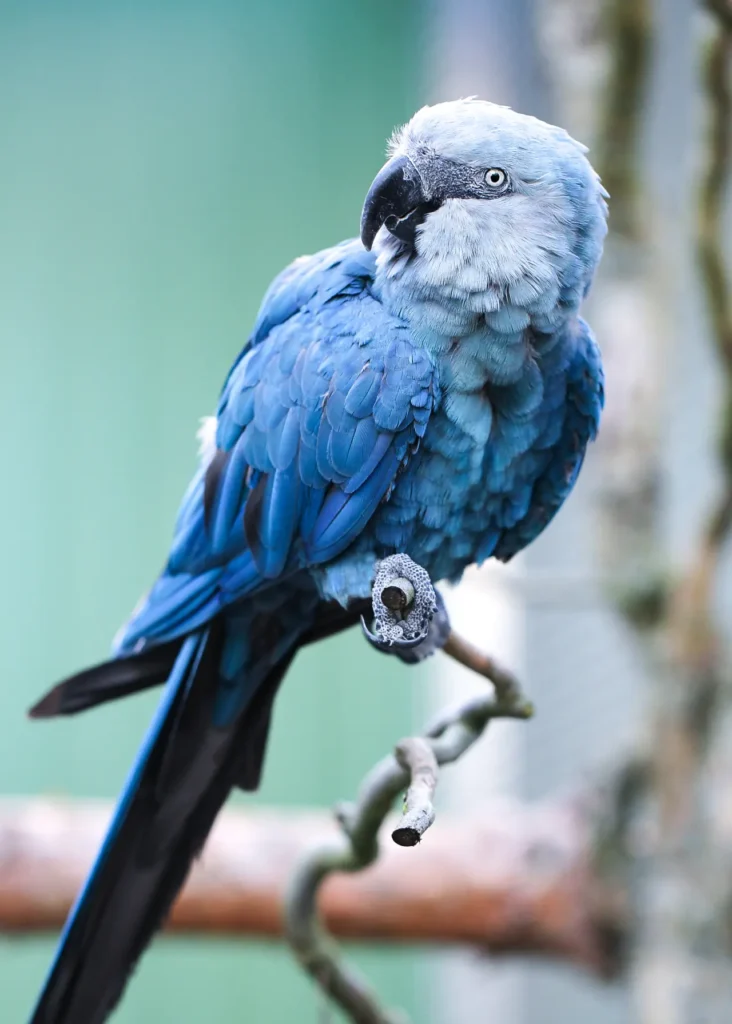
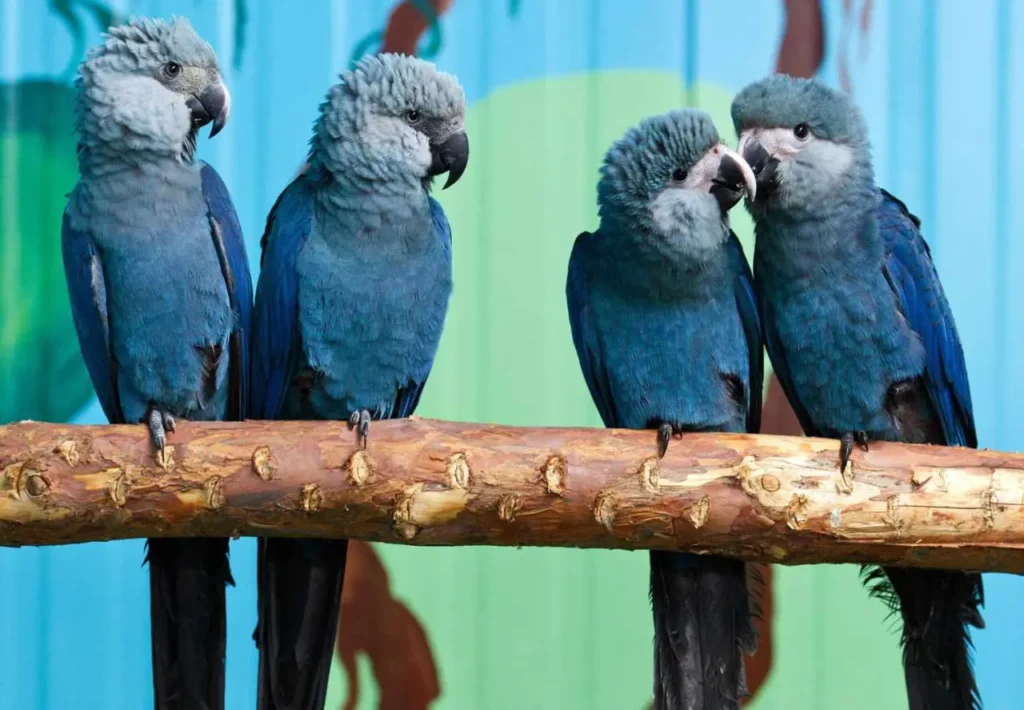
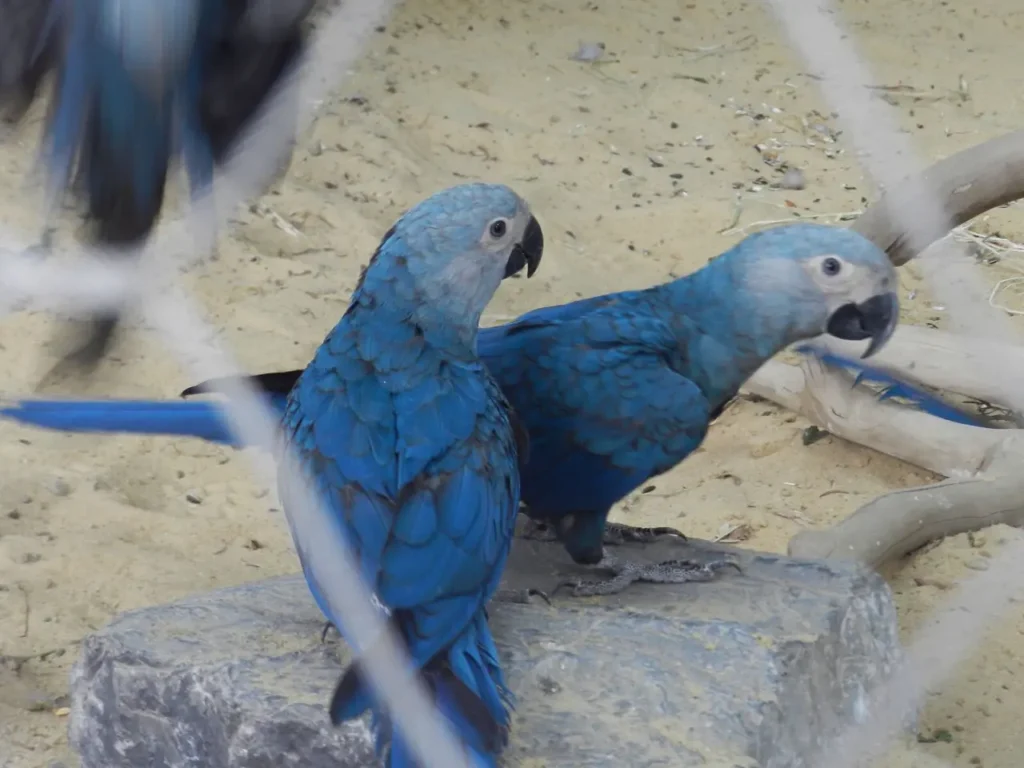
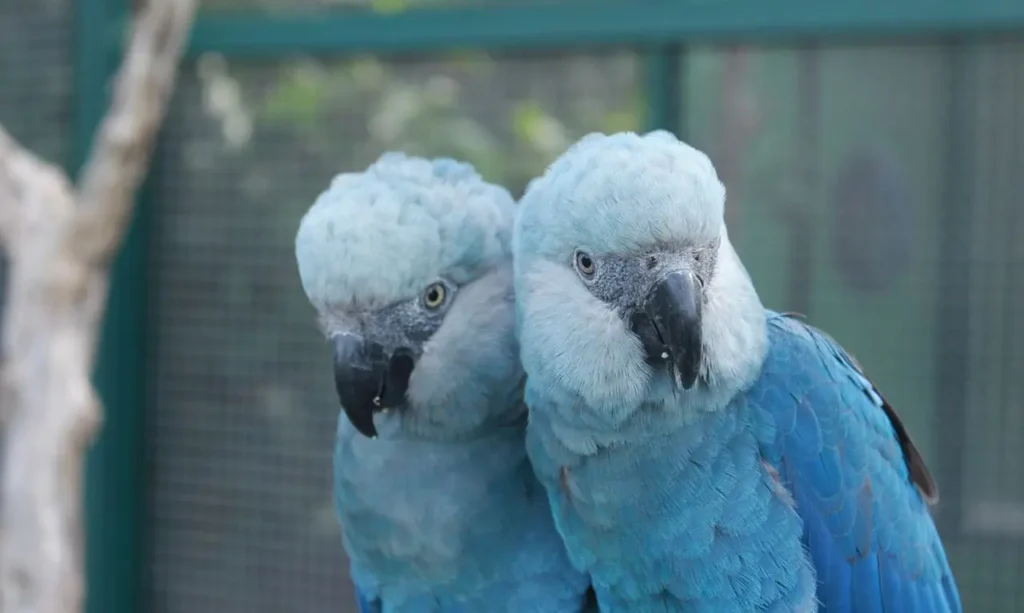
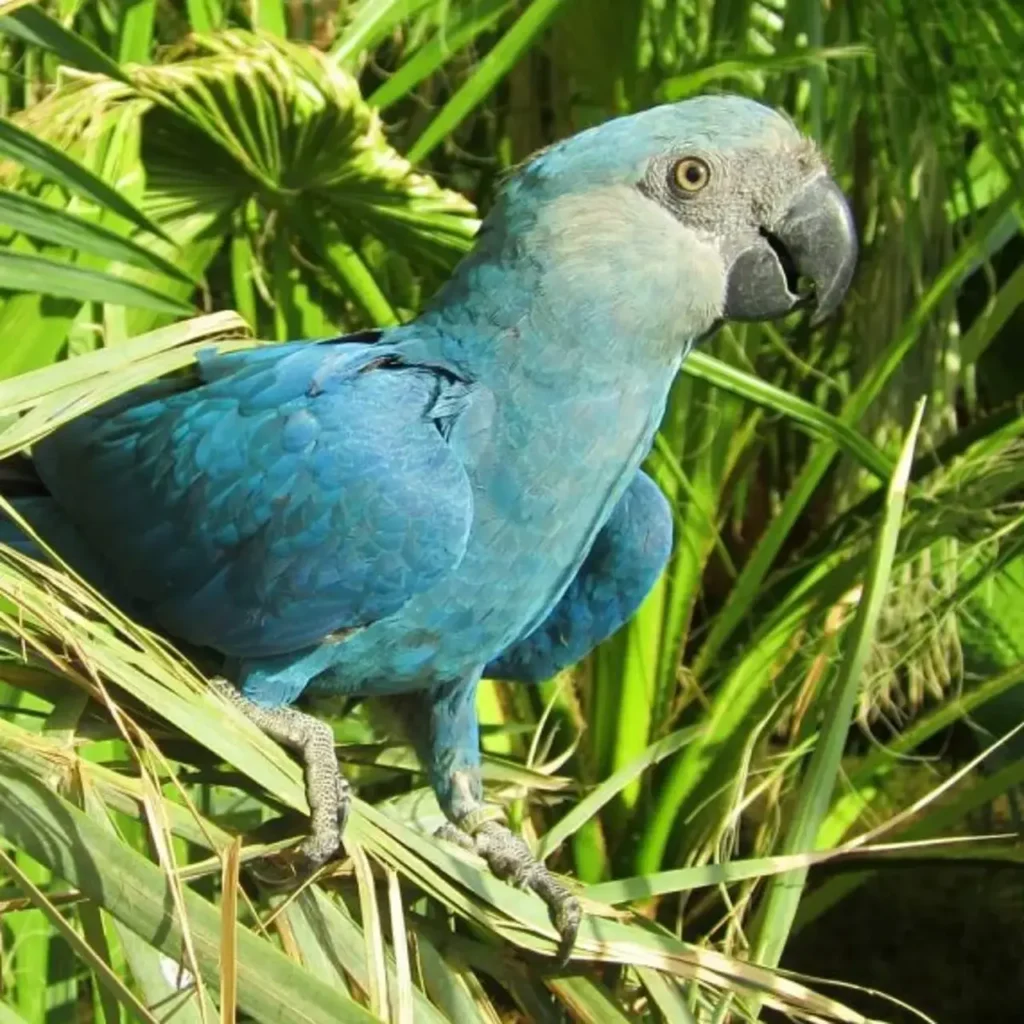
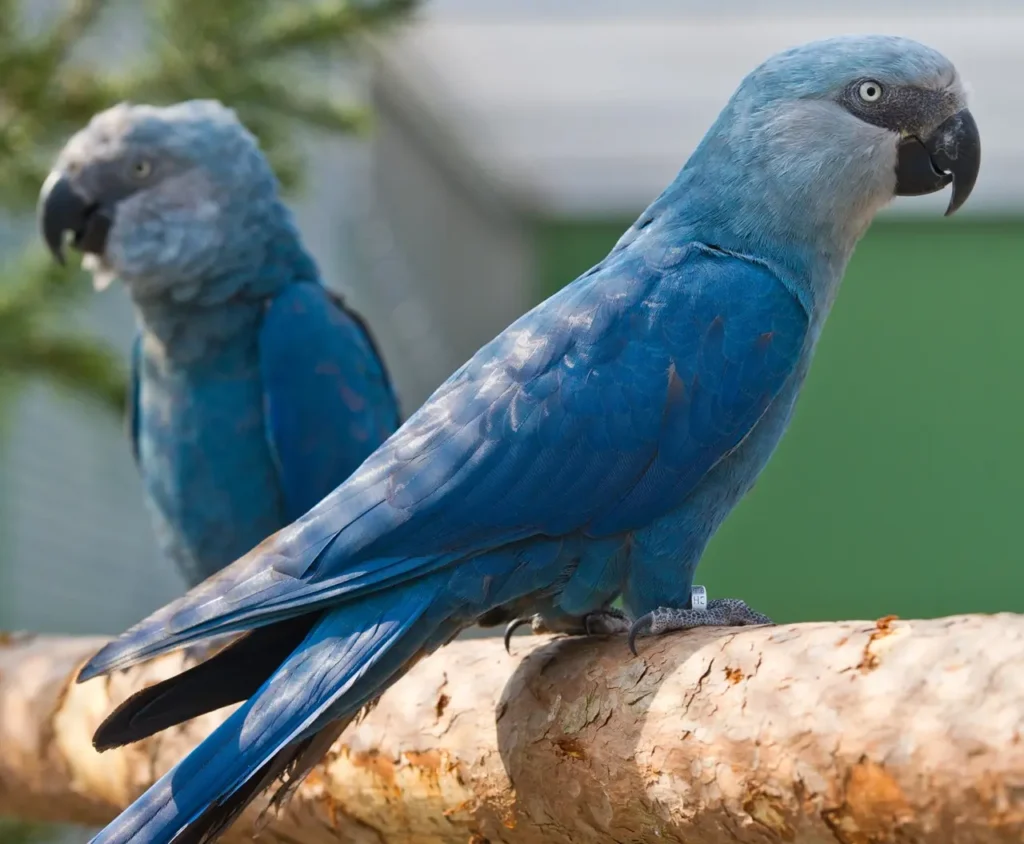
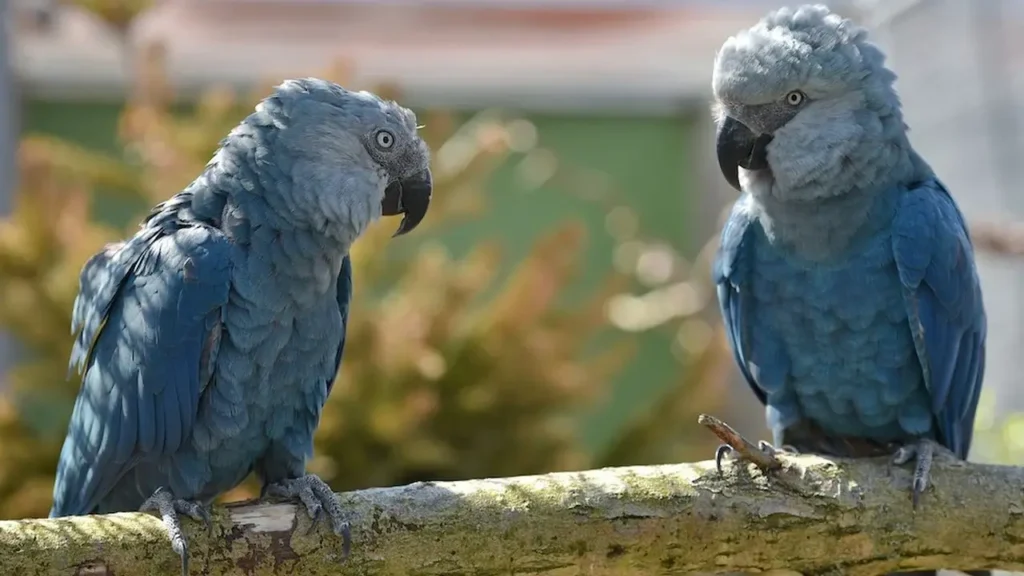
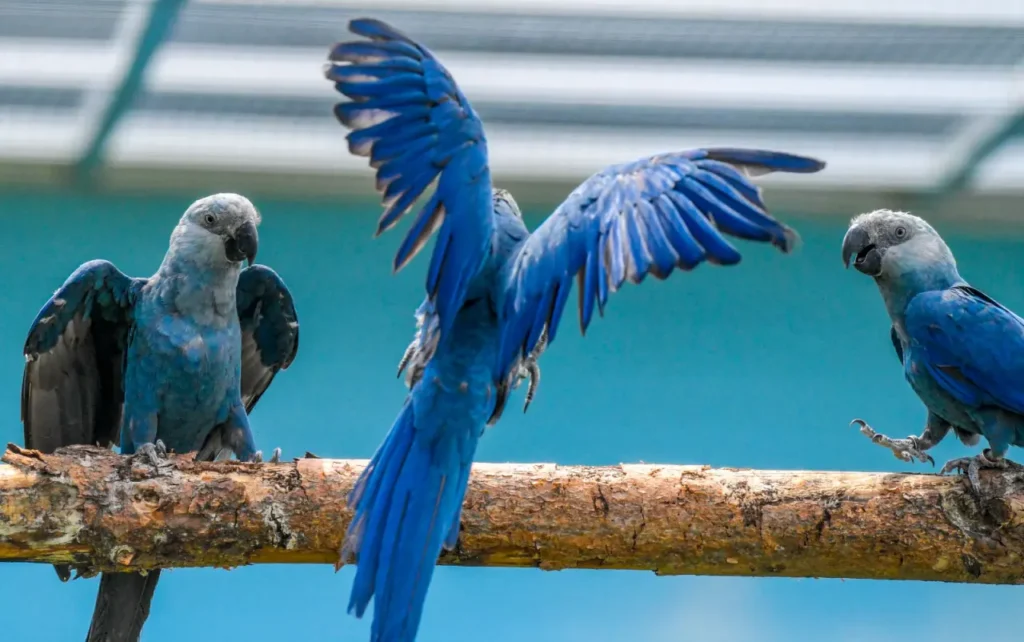
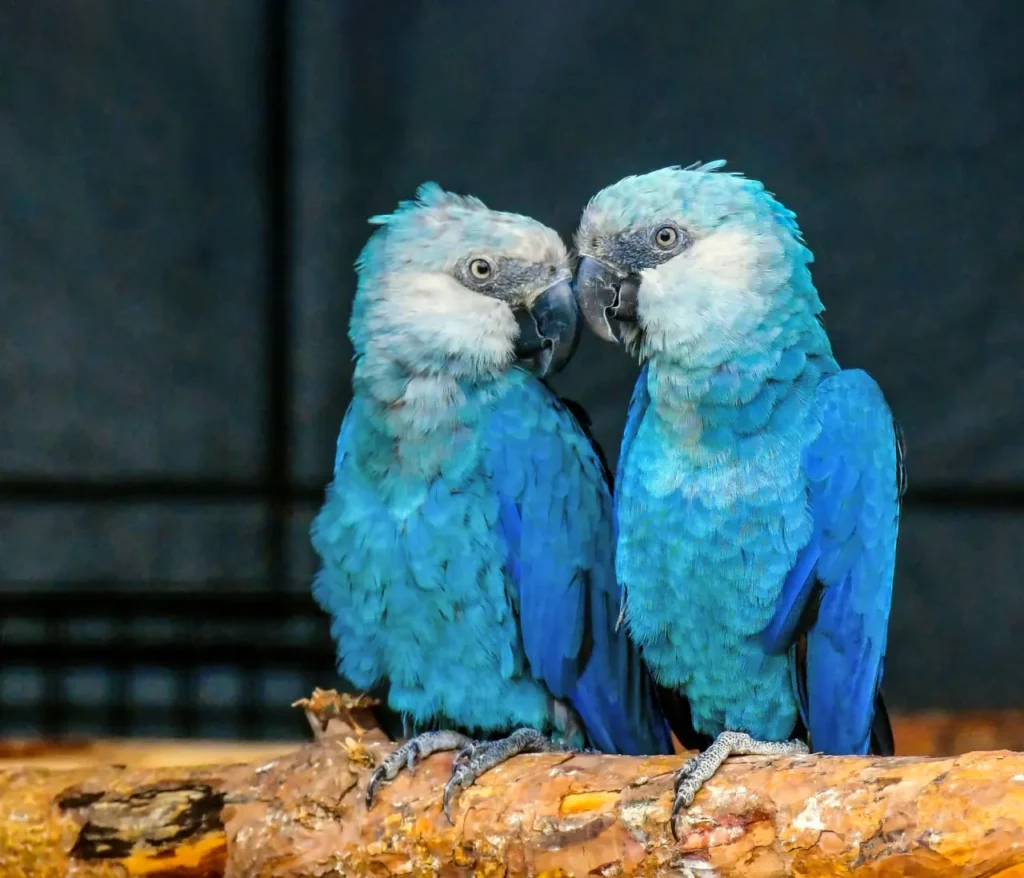

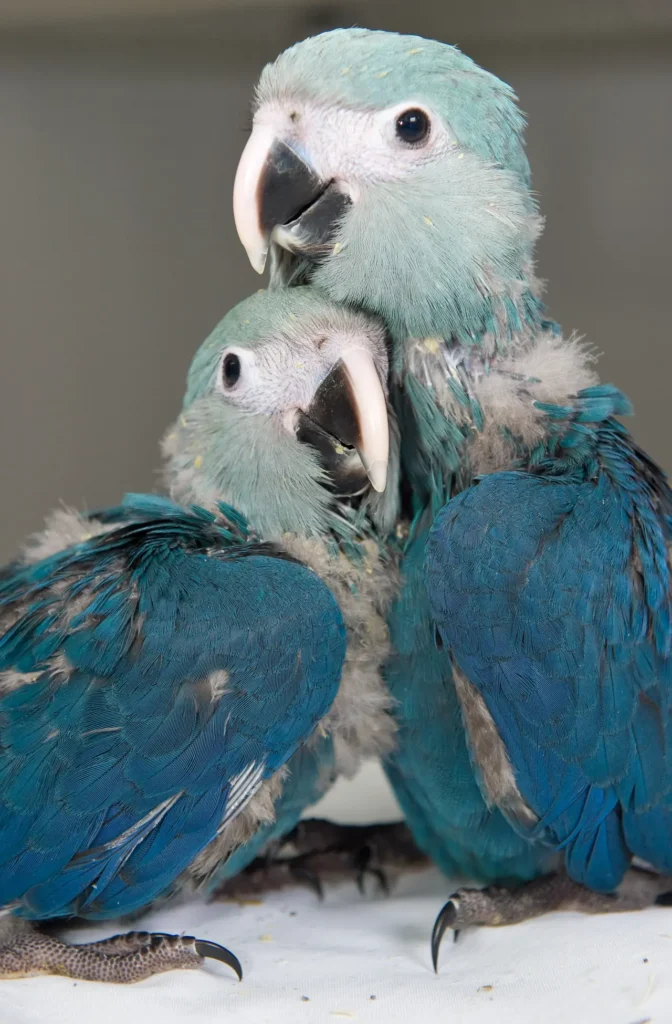
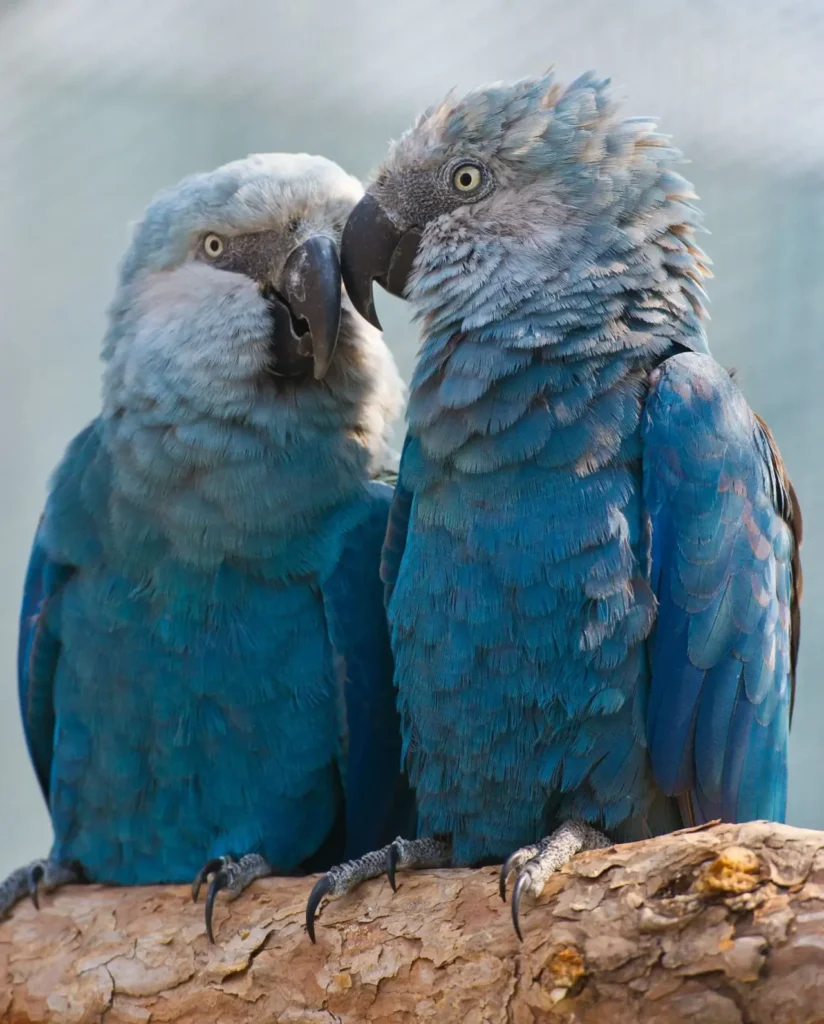
Appearance and Distribution
Spix’s Macaw is a small-sized parrot, measuring around 55 centimeters (22 inches) in length. Its most notable feature is its stunning cobalt-blue plumage, which covers its head, wings, and tail feathers. The bird’s face displays a distinctive pattern of black feather lines and a pale blue throat. Its long, slender beak is perfectly adapted for cracking open palm nuts, its primary food source. Sadly, this magnificent bird is considered extinct in the wild, with the last known individual seen in 2000.
Historical Range and Habitat
Historically, Spix’s Macaw inhabited the dry and semi-arid regions of northeastern Brazil, specifically the Caatinga biome. These palm-loving birds depended on the scarce groves of Caraibeira (Syagrus coronata) and Licuri (Syagrus coronata) palms for food, nesting sites, and roosting. Deforestation, habitat loss, and the illegal pet trade contributed to the rapid decline of their populations.
Conservation Efforts and Recovery
Recognizing the critical status of the Spix’s Macaw, conservation organizations and governments have implemented concerted efforts to save the species from extinction. Captive breeding programs have been established, with the goal of eventually reintroducing these birds back into the wild. The Spix’s Macaw has become a flagship species for conservation, raising awareness about the importance of protecting and restoring its habitat.
Cultural Significance
Spix’s Macaw gained international attention through the character “Blu” in the animated movie “Rio.” This charismatic portrayal brought the species into the hearts of many, increasing awareness about its conservation needs. The parrot has also become an emblematic species for the Caatinga region and a symbol of Brazil’s unique biodiversity.
Challenges and Future Outlook
Despite significant efforts, the path to recovery for Spix’s Macaw remains challenging. Habitat restoration, protection of remaining palm groves, and the prevention of illegal wildlife trade are crucial for its survival. Collaboration between local communities, conservation organizations, and government agencies is essential to ensure the species’ long-term persistence.
Hope for the Future
Though currently extinct in the wild, the Spix’s Macaw presents a unique opportunity for reintroduction and habitat restoration. By safeguarding the remaining palm groves and implementing rigorous conservation measures, we can pave the way for the species’ recovery. The ultimate goal is to witness these stunning blue birds gracing the skies of Brazil once again.
The Spix’s Macaw, with its captivating blue plumage and tragic decline, serves as a powerful reminder of the urgent need for conservation action. Its story highlights the devastating consequences of habitat loss and illegal trade, but also demonstrates the determination and dedication of conservationists striving to protect endangered species.
Through ongoing conservation efforts, education, and sustainable practices, we can restore hope for the Spix’s Macaw and ensure a future where these magnificent parrots grace the skies of the Brazilian Caatinga once more. Let us unite in preserving the legacy of the Spix’s Macaw and celebrate the beauty and resilience of our planet’s avian treasures.








